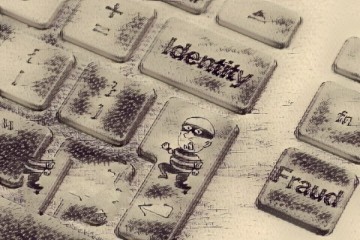Grade 6 Lesson 6: #Identity #Theft
In this lesson, we will cover the topic of #identitytheft. Identity theft is when a person (let's call him John) “#steals” another person’s identity (let's call him Tim) and uses this to gain a #financial (or other) advantage or obtain credit and other benefits. In this scenario, while John could get a lot of benefits at Tim’s expense, Tim may suffer adverse consequences, financial losses, or reputational losses due to John’s actions.
Several key pieces of information, called, personally identifying information, can be used by criminals (like John) to assume the identity of Tim and use Tim’s resources without his knowledge. These pieces of information include:
• Name
• Date of birth
• #Socialsecuritynumber
• Driver’s license number
• Bank account or credit card numbers
• PINs
• Electronic signatures
• Fingerprints
• Passwords
• Etc.
Everyone must recognize that the above pieces of information are crucial and avoid sharing this information with anyone, except in special circumstances
Identity theft can be broadly classified into 5 types:
• Criminal identity theft (posing as another person when apprehended for a crime)
• Financial identity theft (using another's identity to obtain credit, goods, and services)
• Identity cloning (using another's information to assume his or her identity in daily life)
• Medical identity theft (using another's identity to obtain medical care or drugs)
• Child identity theft
It is critical to remember that once someone like John assumes Tim’s identity, John can do whatever he wants under Tim’s identity. He could commit different crimes and the legal system may hold Tim #accountable for the same until Tim is able to prove his innocence. Thus, it is always better to be extremely guarded about your and your family's personal information at all points in your life

ayu ecosystem #kids #education #financialliteracy #finance